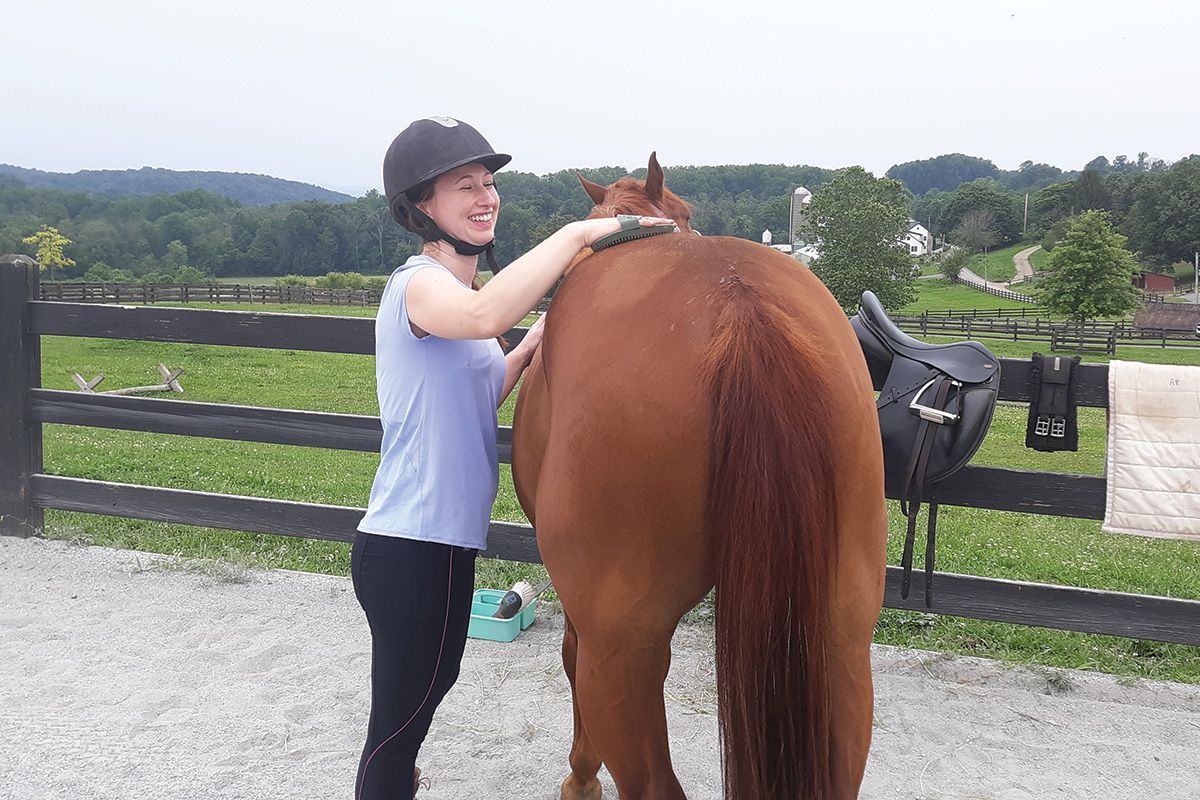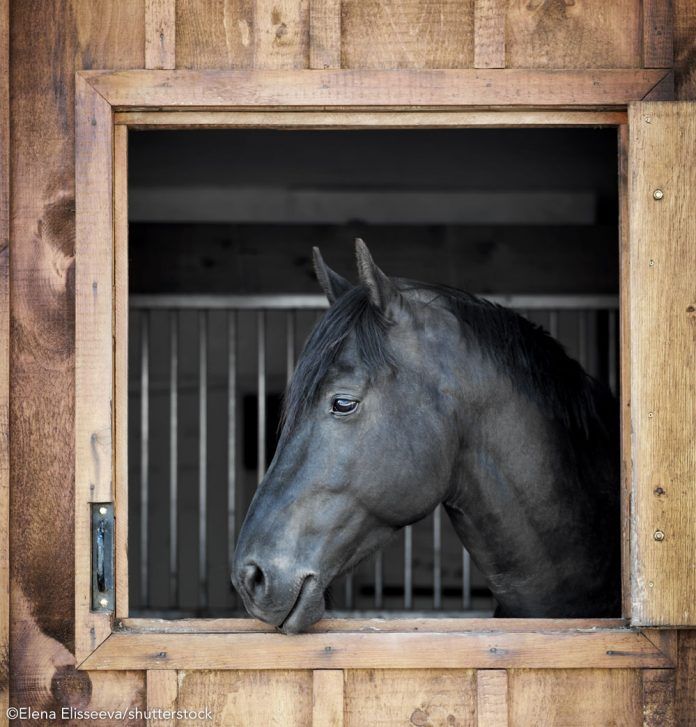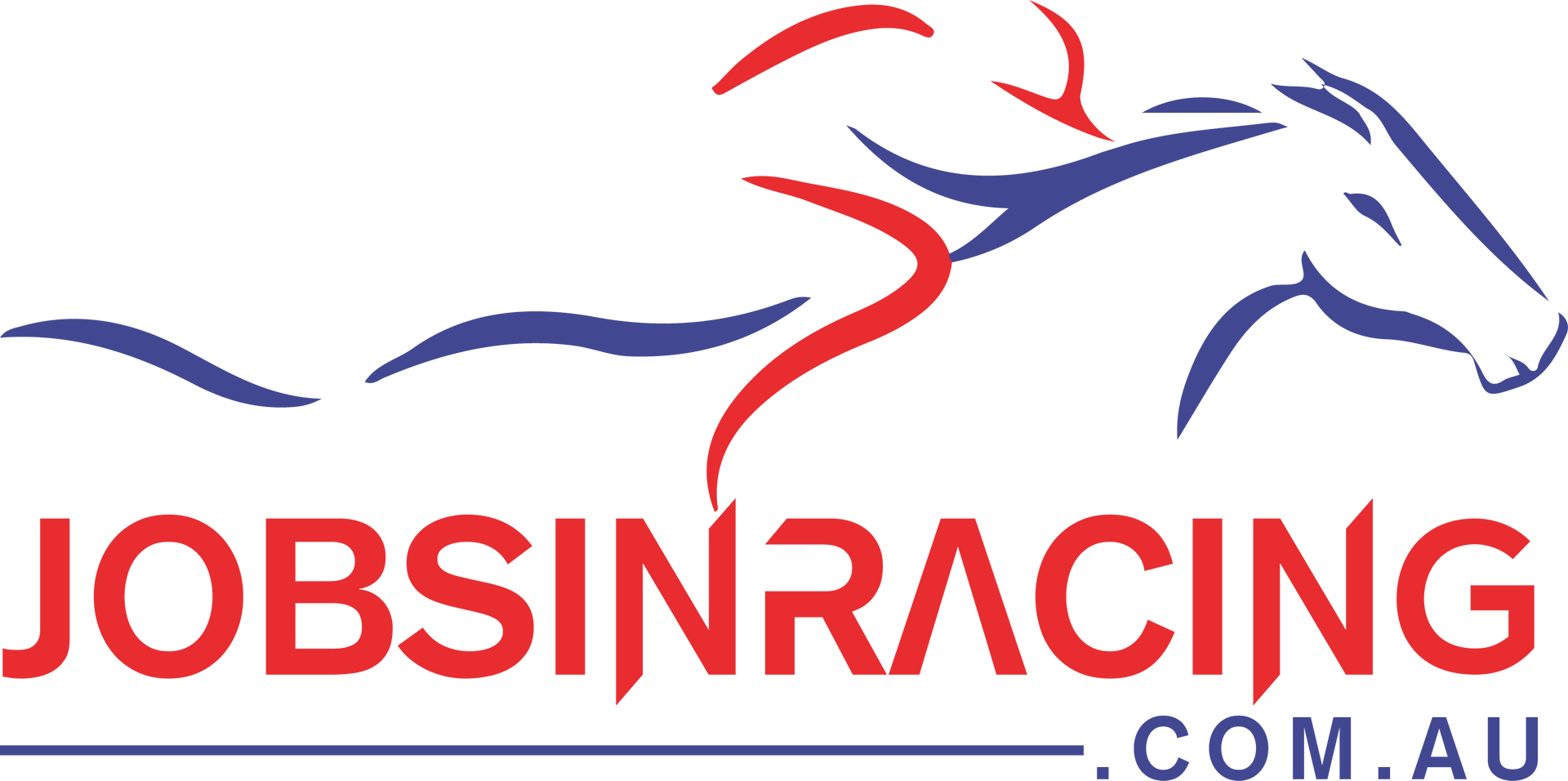10 Facts About Horse Racing You Need To Know
Horse racing has been one of the most popular sports which celebrates the bond between people and horses. From betting to the training which thoroughbred horses go through on a regular basis, there are many areas that have allowed horse racing to become what it is today.
Here are ten interesting facts about horse racing that you can use to impress your friends or other people at the betting stand.
Million Dollar Industry
Firstly, it is worth mentioning that there is a great deal of money that circulates within the horse racing industry. This is because of the high prices of thoroughbred horses, and prestigious trainers who can lead a particular horse to record breaks and new personal bests.
Not only that, but people have placed bets on the possible outcomes of a horse racing event ever since the sport was first introduced. It is a huge part of the experience, and can easily become heavily competitive and generate a great deal of cash.
Horse racing events see betting as a traditional ritual that spectators are encouraged to engage in. For more detail, check out where to bet on kentucky derby.
Heritage Is Important
Thoroughbreds can actually be traced to one of three ancestor horses through their lineage. These are known as the three ’foundation’ sires of the seventeenth century. They were brought to the UK from the Middle East, and then traveled to the states shortly after.
A thoroughbred is considered to have a stronger connection to their ancestry. This means that their DNA is authentic and that they have a level temperament, which makes them ideal racehorses. The three ancestor horses are Darley Arabian, Godolphin Arabian, and Byerly Turk.
All Racehorses Have The Same Birthday
Interestingly, all racehorses’ birthdays are changed to the same day of the year. This allows breeders, racers, and trainers to get a better idea of a horse’s age and how fit they would be for racing.
Certain races have specific requirements for a horse’s age, and using the same day of the year allows a more universal measure to be used. We found some very impressive dressage horses for sale recently so check them out if you’re interested.
Ancient Sport
Horse racing can actually be traced back to ancient civilisations. This includes Roman chariot racing, equestrian events which were seen in original Olympus, which came to light following Ancient Greeks racing chariots for entertainment.
With that said, it is actually Noble Tribesmen in Central Asia who were responsible for the domestication of horses around 4500 BC.
It is in our nature to want to race horses, and make the most out of the unique connection that we have with horses. They can be incredibly docile and friendly creatures, and they are certainly being celebrated within modern horse racing events to this day.
Rules For Naming
While some of the names for race horses can seem a little random at a glance, there are actually guidelines set out by the Jockey Club which breeders need to abide by in order to name their horse.
Six possible names can be submitted and the authorities will decide on one after negotiation and approval processes. Rules are pretty strict, such as the maximum number of letters of each name.
Being A Jockey Isn’t Easy
While it seems like the horse does most of the hard work during a race, the jockey riding them has a tough job to do. They must guide their horse in the right direction because they can’t always see very well, remind them to manage their speed, and praise them for good work.
Of course, jockeys also have to be petite in their build so that they are not weighing down their horse more than necessary. This allows the best aerodynamics and speeds to be achieved.
It Takes A Village
Horse racing isn’t just what happens on the day of the race. There is a huge selection of people who are responsible for getting the horse ready, building and maintaining horse shelters, checking that the jockey and horse form a bond, training horses for different race distances, and even the breeding process.
Because of the amount of work that is needed, jobs within the horse racing industry are considered lifestyle choices because they can be highly challenging.
High Speed And Endurance
Racehorses need to maintain their speed over a set distance rather than sprinting their way through. While some of the top speeds recorded exceed 64 kmh, jockeys need to help their horse to manage their speed and spread out the energy.
For this reason, both racehorses and jockeys need to have a high stamina as well as mutual respect for each other.
Secretariat Broke Records
Many people recognize this horse for making headlines in the seventies. He was the fastest of his generation, and set record times for the Kentucky Derby. Also known as Big Red, Secretariat was named Horse Of The Year in 1972 and left other horses in the dust.
Short Careers
While racehorses are active for upwards of 25 years, they alternate a great deal and are only seen racing in the big leagues for an average of three years. This is because of the intense toll that racing can place on a horse’s joints and overall health.
They are normally retired after 2-3 years of rigorous training and racing so that they can live peaceful lives.
Summary
Horse racing is a huge industry with a range of people working behind the scenes to make everything run smoothly. From rigorous training and practice runs and breeding, to the millions of dollars that the sport sees every year.
Horse racing continues to be a huge part of the modern world, and it is worth taking a closer look at the work that goes into a particular event.
SOURCE: https://easyreadernews.com/10-facts-about-horse-racing-you-need-to-know/


